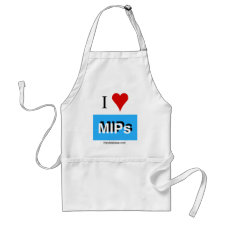
Authors: Singh B, Chauhan N
Article Title: Preliminary evaluation of molecular imprinting of 5-fluorouracil within hydrogels for use as drug delivery systems.
Publication date: 2008
Journal: Acta Biomaterialia
Volume: 4
Issue: (5)
Page numbers: 1244-1254.
DOI: 10.1016/j.actbio.2008.03.017
Alternative URL: http://www.sciencedirect.com/science/article/B7GHW-4S7J5HW-3/2/3778f0113dec56f96f205da8e5f3059b
Abstract: Molecular imprinting is a new and rapidly evolving technique used to create synthetic receptors and it possesses great potential in a number of applications in the life sciences. Keeping in mind the therapeutic importance of 5-fluorouracil (5-FU) and the technological significance of molecular imprinting polymers, the present study is an attempt to synthesize 2-hydroxyethylmetacrylate- and acrylic acid-based 5-FU imprinted hydrogels. For the synthesis of these hydrogels, N,N'-methylenebisacrylamide was used as a crosslinker, ammonium persulfate as an initiator and N,N,N',N'-tetramethylethylenediamine as an accelerator. Both molecular imprinted polymers (MIPs) and non-imprinted polymers were synthesized at the optimum crosslinker concentration obtained from swelling studies and used to study their recognition affinity, their swelling and the in vitro release dynamics of the drug. It was observed from this study that the recognition affinity of MIPs is increased when these are synthesized in a high concentration template solution
Template and target information: 5-fluorouracil, 5-FU
Author keywords: drug delivery devices, hydrogels, molecular imprinted polymers, release dynamics



Join the Society for Molecular Imprinting

New items RSS feed
Sign-up for e-mail updates:
Choose between receiving an occasional newsletter or more frequent e-mail alerts.
Click here to go to the sign-up page.
Is your name elemental or peptidic? Enter your name and find out by clicking either of the buttons below!
Other products you may like:
 MIPdatabase
MIPdatabase









